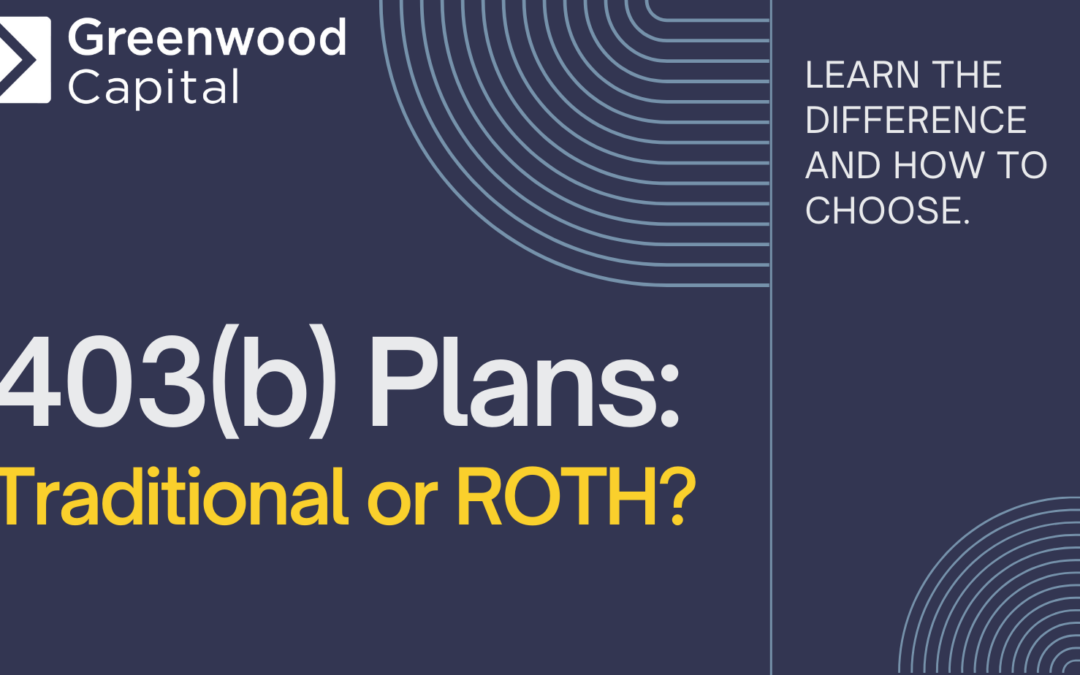Your withdrawal rate is the portion of your portfolio that you liquidate each year for income. How much can you withdraw each year without exhausting your savings?
Withdrawal Rate
What is a Withdrawal Rate?
The percentage you withdraw annually from your savings and investments. The maximum percentage you can withdraw each year and still reasonably expect not to deplete your savings is your “sustainable withdrawal rate.”
There are multiple strategies to establish your withdrawal rate. Some choose to withdraw a fixed percentage each year, and others adjust their withdrawal rate based on their age or portfolio performance. The value of your savings, your income needs, life expectancy, risk tolerance, and inflation will all factor into what method is ideal for you.
Generally, an appropriate withdrawal rate is somewhere in the 4-5% range.
Order of Withdrawals
In addition to establishing a sustainable withdrawal rate, you will also need to plan for what order you will tap your various investment accounts. There are three types of accounts: Tax Deferred (such as traditional IRAs), Tax-Exempt (such as ROTH IRAs), and taxable accounts (such as individual and joint investment accounts). There are two approaches to deciding what order to tap these types of accounts.
Prioritizing Income:
This strategy withdraws funds from taxable accounts first, followed by tax-deferred, and finally tapping tax-free accounts when the rest have been depleted. The logic of this technique is that by utilizing tax-favored accounts last, you will keep those retirement dollars working for you longer on a tax-deferred basis.
Prioritizing Estate Planning:
Required Minimum Distribution (RMD)
The final factor to implement into your withdrawal plan is making sure you plan for any Required Minimum Distributions. This is primarily to make sure that the IRS can eventually tax your previously tax-deferred accounts.
The amount you have to withdraw is calculated on an annual basis and is calculated by dividing the -year-end account balance by a specified distribution table. There are resources on the IRS’ website to calculate your RMD, but generally, the custodian of the account will have already calculated it for you.
Be sure to plan for your RMDs and how you want them to factor into your withdrawal rate in order to avoid the 50% penalty tax the IRS imposes.
Your retirement savings are a crucial part of planning for your retirement. If you have any questions about how to Implement a Strategy, Determine Allocation, or Plan Your Withdrawal Rate your advisor is a great resource to make sure you are on track.
How Long Will I Work?
How Much Can I Save?
How Much Will I Spend in Retirement?
How Much Risk Will I Take On?
What Will I Leave Behind?
These are the Five Levers. Plan your retirement by answering these questions and adjusting these levers to account for your priorities and goals. This series has been focused on answering the question of “How Much Can I Save?”
If you are ready to evaluate the next Lever of retirement planning, be sure to download our full guide.









